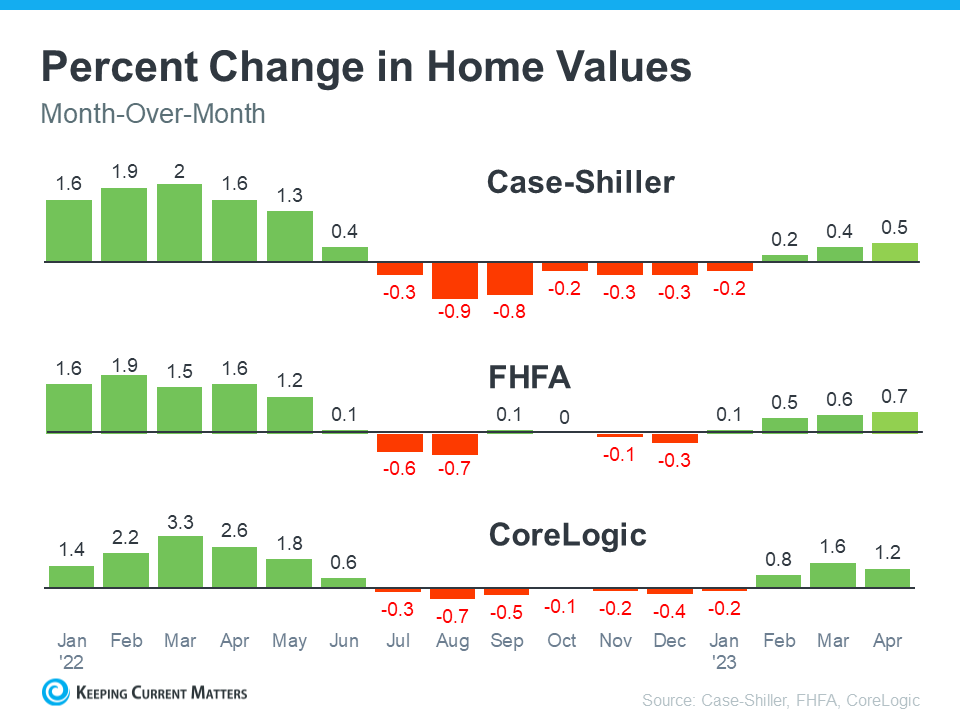Follow these steps to help your overweight horse subsist on fewer calories.
To the person just dipping their toes into the sometimes complex and often expensive world of horse-keeping, having an “easy keeper” might sound like a dream. But the owner managing these equids that maintain or gain weight on minimal food rations knows there’s nothing easy about it. Preventing obesity and its serious side effects, such as founder (chronic rotation of the coffin bone within the foot due to failure of the laminae that support it), can become a nutrition nightmare as owners struggle to find ways to cut their horses’ calorie count while keeping the animals content.
In this article our sources have offered their best suggestions for feeding and managing easy keepers.
1. Feed hay, not grain
The first step to feeding an easy keeper involves eliminating concentrate feeds and selecting lower-quality (more mature and stemmy) hay, says Sarah Ralston, VMD, PhD, Dipl. ACVN, who is now retired from her long-held post as a professor in the Department of Animal Sciences at Rutgers, The State University of New Jersey, in New Brunswick. “If a horse is overweight and an easy keeper, don’t feed any grain-based feeds,” she urges. “It doesn’t matter how many minerals, vitamins, and special ingredients they contain, those feeds also provide calories, which are not what the easy keeper needs.”
To fulfill the horse’s nutrient needs in lieu of feeding these fortified grains, Lydia Gray, DVM, MA, staff veterinarian and medical director at SmartPak, in Plymouth, Massachusetts, suggests owners add a ration balancer or a multi-vitamin/mineral supplement to the diet.
On the forage side, the goal of reducing a horse’s hay quality is to provide him with satisfying “chew time” without causing him to gain weight. “Horse owners generally look for high-quality hay, but in this situation we want lower-quality hay—and we don’t mean something full of weeds, dust, and mold,” says Brian Nielsen, PhD, professor of exercise physiology and nutrition at Michigan State University, in East Lansing. To determine your hay’s quality, have it tested at a nearby lab (see ForageTesting.org for labs).
So why can’t you just reduce the total amount of hay fed? “It is important to not starve a fat horse,” explains Ralston. “Limiting forage intake can lead to ulcers and can also affect the horse metabolically. If you don’t feed enough to meet his minimal needs, this slows everything down; weight loss will actually be less than if the metabolism rate is more normal.”
In other words, it’s better to feed the horse more forage and exercise him to help burn calories than to restrict his diet.
“There are some exceptions, however, when you must carefully restrict what the horse eats,” Ralston says. A few horses have serious metabolic disease—it might seem like they simply look at grass and founder. Often, these horses are overweight, have foundered in the past, or are insulin resistant, in which cells fail to respond normally to the hormone insulin that allows the body to use sugars as energy. “They need to be managed very carefully, using low-calorie hay with maybe a ration balancer vitamin/mineral powder or pellet, top-dressed on soaked hay cubes.
2. Limit pasture access
Uncontrolled pasture access for easy keepers can spell disaster for weight management and put horses at risk for developing the potentially deadly hoof disease laminitis (inflammation of the laminae). However, simply restricting your horse’s turnout won’t reduce his risk—you have to be more strategic.
“Some people limit the time a horse is on pasture,” says Nielsen. “The problem with that strategy is that horses can graze a full day’s worth of pasture in a short time. This can cause greater problems because the sugars and starches are brought in all at once instead of spread out through a day of grazing. The horse is loading up (on sugars) and may increase the risks for founder or insulin resistance problems.”
So how long should an easy keeper be allowed to graze, if at all? Optimum time varies with the pasture and the horse, says Paul Siciliano, PhD, a professor in North Carolina State University’s Department of Animal Science, in Raleigh. “It depends on the grass quality,” he explains. “It also makes a difference if the horse is at risk for founder. Some horses can get away with eating a lot of lush grass without problems, and others cannot. A horse that is at risk for laminitis should not be allowed out at pasture.
“Our studies suggest morning turnout is best for the easy keeper because this is when some of the nonstructural carbohydrates (e.g., sugars and starches) are minimal in the plant,” he continues. “Sugar content gradually rises through the day. If we turn the horse out in the morning and bring him in before late afternoon, he won’t be getting as much sugar as a horse that is turned out in the evening to graze through the night.”
To help keep your easy keeper healthy and still happy without regular pasture access, turn him out in a drylot or corral with plenty of mature, low-calorie hay to nibble on, Siciliano suggests.
A drylot is just what it sounds like; the horse does not have access to grass. It’s not mowing a pasture to keep it short. “Mowing encourages new growth, with higher protein and energy levels,” Nielsen says, so it’s important to not use mowing as a tactic in this calorie-reducing effort.”
If your easy keeper can tolerate regular turnout, and you own multiple horses, you might consider using pasture rotation to your advantage—turning out hard and easy keepers in pastures that meet their dietary needs. “You could make the easy keepers eat the more mature areas or clean up the tall grass after the other horses have eaten the best grass,” Nielsen says.
3. Learn to love grazing muzzles
The beauty of turning an easy keeper out on pasture wearing a grazing muzzle is that he can still be at pasture, exercising and interacting with other horses, yet not overeat and increase his risk for founder.
Nielsen cites a study on grazing muzzles published in the May 2013 edition of the Journal of Equine Veterinary Science in which researchers showed ponies’ forage intake decreased significantly (on average by 83%) when they wore muzzles.
One of Siciliano’s graduate students, Emily Glunk Meccage, MS, PhD (now an extension forage specialist and assistant professor at Montana State University, in Bozeman), studied grazing muzzles and found that if plants were upright, some muzzled horses could eat just as much as those without muzzles.
“Grasses that tend to bend over (perennial ryegrass, Kentucky bluegrass) are harder to eat through a muzzle than the more upright grasses like meadow fescue and reed canarygrass,” Siciliano says. “She found you can reduce horses’ pasture intake with a grazing muzzle, but some are crafty and manage to eat more than you’d think.” In Siciliano’s own studies, however, he observed that muzzles do slow horses’ grass intake effectively.
There are various types of muzzles on the market, so find one that works for your horse and his situation. “You may have to experiment to find one that fits and stays on, and make it comfortable for your horse,” Gray says.
4. Find ways to slow consumption
“The main problems that crop up with domestic horses occur because we’ve taken them out of a natural environment,” says Gray, where food comes in at a slow trickle, keeping the delicate digestive system and metabolism in balance. “We put them in stalls and paddocks and limit how much they can move.”
This type of housing trains horses to consume their food all at once, leaving them hungry later. Any management tool you can use to encourage them to nibble more and devour less will result in a happier and healthier horse. Some of these include slow feeders or hay nets placed in stalls and pastures. These require horses to nibble on feed throughout the day, preventing the blood sugar peaks and dips associated with eating just twice a day.
“It’s been found that when you limit horses’ feeding with a slow feeder, the fat horses lose weight and the thin horses gain weight,” Gray says.
5. Monitor your horse’s weight
Keep a journal, and document everything from your horse’s body condition score to cresty neck score on a monthly basis. “It’s hard to see subtle changes when you are looking at the horse every day,” says Gray. “If you document body condition, girth circumference, etc. once a month, it’s easier to keep track of this and to know if what you are doing is working.”
With horses that are resistant to weight loss, such as those with equine metabolic syndrome, you might need help from your veterinarian and/or an equine nutritionist to make appropriate diet changes. Veterinarians can also advise on measuring weight and body condition correctly and ensuring the horse is staying healthy throughout this program.
Take-Home Message
“Many horses are easy keepers, taking in more calories than they need—like our human society these days,” says Nielsen.
Maintain your easy keepers on a mature forage diet with no grain, adding ration-balancing supplements as needed. Feed hay in slow feeders to extend eating time. Limit pasture time wisely or fit your horse with a grazing muzzle.
For all of your rural real estate needs, contact Bill Gaughan or Danicia Duncan. RURALKC.COM





.png)
.png)


